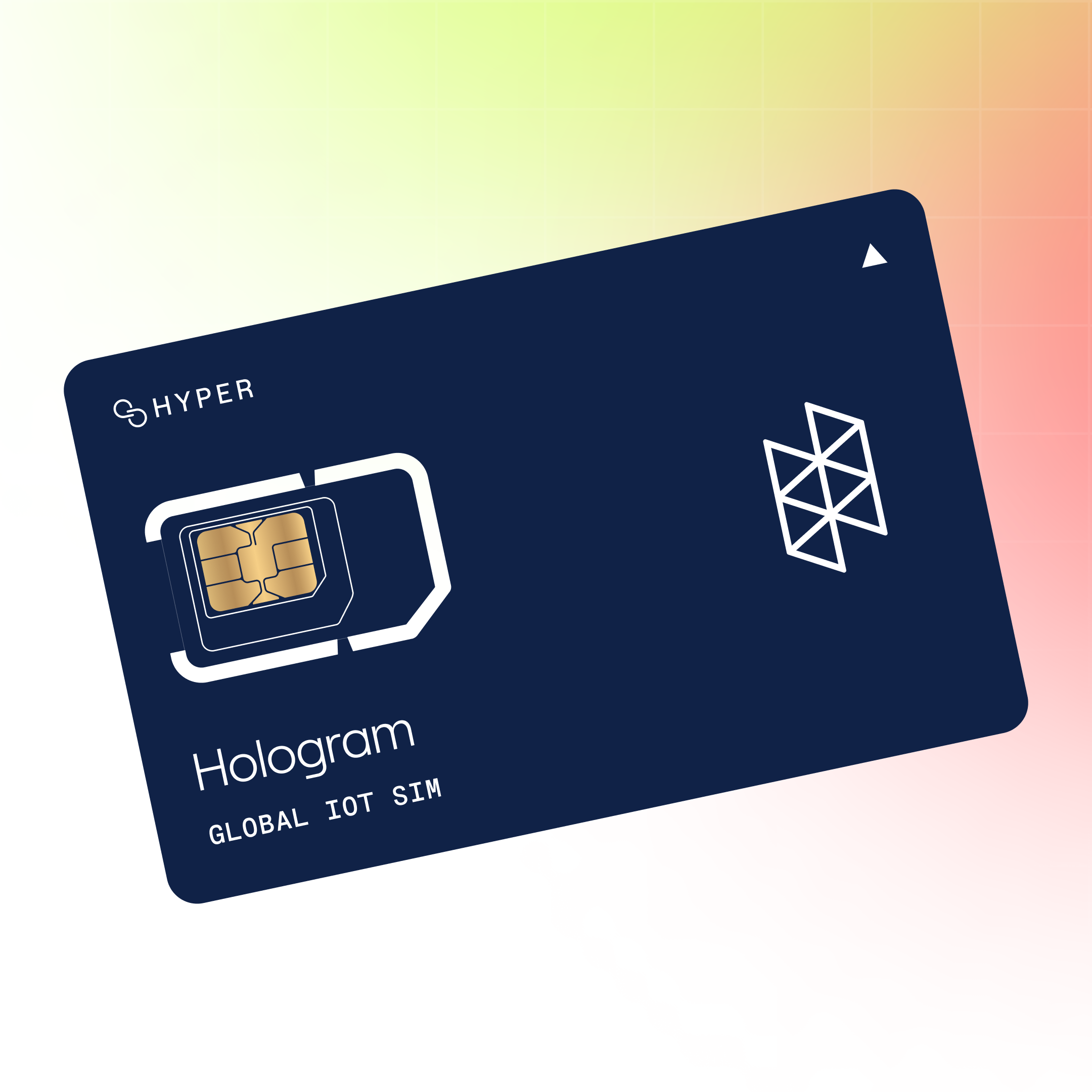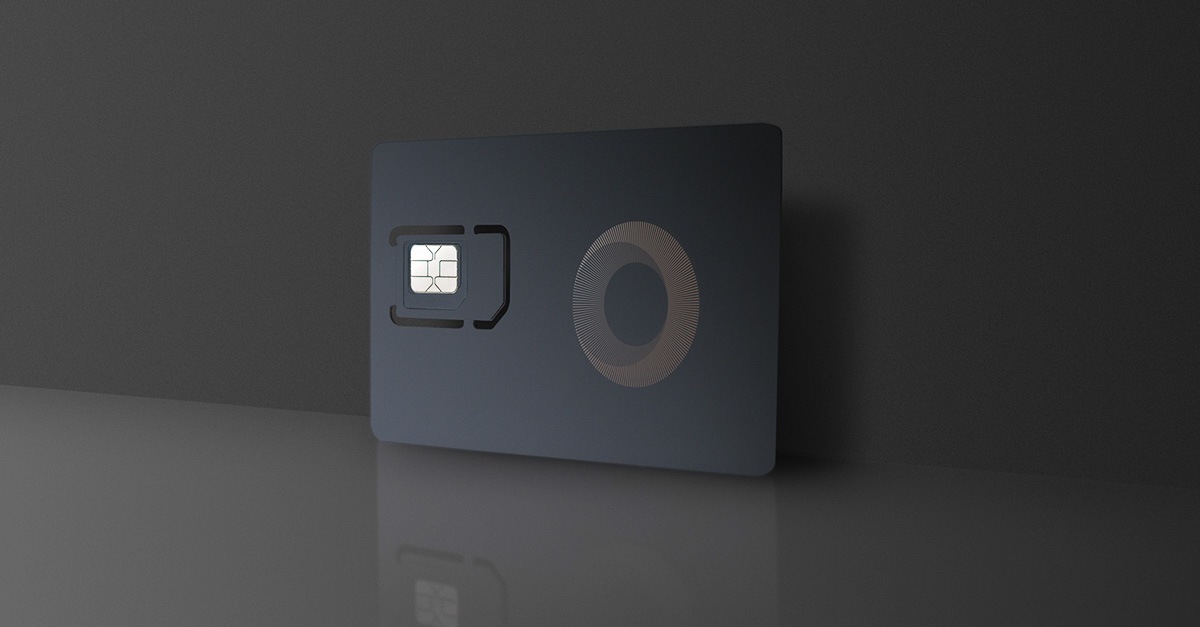Industrial Iot Devices What Are IoT Devices? Types, Applications
In the landscape of the Internet of Things (IoT), connectivity standards and protocols play a crucial function in guaranteeing gadgets can talk seamlessly. As more devices are connected, the necessity for efficient interoperability will increase, resulting in quite lots of standards that serve different use cases and necessities. This comparability of IoT connectivity standards and protocols highlights the nuances that differentiate each technology, offering a clearer understanding of which might go well with specific purposes.
LoRaWAN (Long Range Wide Area Network) is likely considered one of the dominant protocols often utilized in IoT purposes that require long-range communication. Its low power consumption makes it significantly effective for battery-operated devices, enabling them to function for a quantity of years while not having a battery alternative. The protocol is designed for broad area networks, making it appropriate for city, rural, and remotely deployed units such as environmental displays and smart metropolis purposes.
On the other finish of the spectrum, MQTT (Message Queuing Telemetry Transport) is a light-weight protocol designed for resource-constrained units and low-bandwidth, high-latency networks. Due to its publish-subscribe mannequin, it permits devices to speak in near real-time, making it particularly in style for purposes in smart homes and industrial automation. Remote Monitoring Of Iot Devices. MQTT isn't constrained by location, enabling gadgets to speak regardless of the place they're situated, so lengthy as there's internet access.
Iot Devices Examples What Is IoT? Internet Overview
Zigbee and Z-Wave are two different protocols that have gained traction, especially in house automation contexts. Zigbee operates on low energy and is designed for low information rate wireless personal area networks. With its mesh networking functionality, it facilitates communication between multiple gadgets, creating a sturdy community that may extend its range significantly. Z-Wave, while similar, sometimes operates on a decrease frequency and has a definite structure that tends to work higher in indoor settings. Its targeting of consumer products gives it an edge in user-friendly applications.
Bluetooth also plays a vital role in IoT connectivity, especially in wearable technology and nearby communication scenarios. The introduction of Bluetooth Low Energy (BLE) has expanded its functionality by allowing gadgets to speak with minimal battery utilization. This protocol is good for functions the place low energy is important but still requires a reasonable information throughput. The vary tends to be shorter, making it appropriate for environments like private health gadgets, smart locks, and different proximity-focused technologies. Access Control Iot Devices.
Another important player within the IoT area is Cellular connectivity, including LTE and the rising 5G networks. These technologies offer excessive information rates and widespread protection, making them ideal for applications that require real-time knowledge switch, such as autonomous automobiles and remote surveillance methods. However, their energy consumption is usually higher in comparability with other protocols, which may be a limiting issue for IoT devices with battery constraints. The evolution of 5G is especially exciting, as it guarantees to facilitate even bigger numbers of linked gadgets with lower latency.
Firmware Update For Iot Devices IoT Devices for Connected Living
A lesser-known, yet impactful, standard is NB-IoT (Narrowband IoT), specifically designed for low-power, wide-area networks. It helps a high variety of linked devices over a bigger space, making it well-suited for rural applications, smart metering, and smart agriculture. Its low bandwidth requirements are adequate for transmitting small information packets, allowing units to operate successfully with minimal power consumption.

Comparing these protocols, a significant factor to contemplate is the stability between range, energy consumption, and information fee. Zigbee and Z-Wave excel in mesh networks however may not cover as wide an area as LoRaWAN. Meanwhile, protocols like MQTT can prioritize knowledge transfer effectivity over distance. The selection between utilizing a cellular framework or a specialised IoT protocol usually hinges upon the specific needs of an application, including geographic and technical constraints.
Security remains a pressing concern across IoT implementations. With the variety of connectivity standards, making certain safe communication is paramount. Various protocols tackle safety in several ways, incorporating measures similar to encryption and authentication protocols to safeguard knowledge. MQTT, for example, permits for secure connections and payload encryption, whereas protocols like LoRaWAN have mechanisms to authenticate gadgets speaking over the community.
Remote Access To Iot Devices Getting Started with IoT Devices
Compatibility is one other necessary facet. As manufacturers increasingly develop IoT solutions, the ability to connect gadgets from completely different distributors is vital. Standards like Zigbee and Z-Wave have established certification programs to authenticate devices’ interoperability. This compatibility fosters a more cohesive smart home environment, permitting units to work in concert rather than isolation.
Future developments in IoT connectivity standards are continually increasing the chances. Researchers and business experts are growing you can try these out superior protocols that combine the strengths of existing technologies while addressing their weaknesses. The integration of synthetic intelligence (AI) and machine studying into IoT networks is further enhancing automation and data evaluation, pushing protocols to evolve and improve in real-time.
Monitor Iot Devices Internet of Things Device Overview

Ultimately, deciding on an IoT connectivity standard or protocol isn't merely a technical determination; it should align with the targets of the applying and the wants of its customers - Web Ssh Access Iot Devices. The right choice may imply the difference between a successful deployment and a project affected by interoperability challenges, unnecessary costs, or lowered performance.
As IoT know-how continues to mature, the significance of understanding and deciding on appropriate connectivity standards and protocols will only grow. Industry individuals and builders should stay vigilant of developments and changes that impact the ecosystem. Knowledge of those protocols is important, because it equips stakeholders to make knowledgeable choices that can outline the subsequent technology of connectivity.
In conclusion, the comparability of IoT connectivity standards and protocols reveals a complex but fascinating landscape. By understanding the benefits and limitations of each standard, developers can make educated choices that will optimize their IoT deployments, enhancing efficiency and effectiveness and ultimately paving the best way for a more linked and clever future.
How Iot Devices Are Managed? Securing IoT Devices at Home

- Various IoT connectivity standards, similar to MQTT, CoAP, and HTTP, cater to totally different knowledge transmission needs, influencing effectivity and utility suitability.
- MQTT is lightweight and optimized for high-latency networks, making it perfect for low-bandwidth, resource-constrained gadgets.
- CoAP helps RESTful interactions and operates over UDP, allowing for reduced overhead in comparison with conventional protocols used over TCP.
- Zigbee and Z-Wave give consideration to low-power, low-data applications, perfect for smart residence units and sensor networks.
- NB-IoT and LTE-M offer cellular connectivity particularly designed for IoT purposes, providing wider protection and higher penetration in urban environments.
- Wi-Fi and Bluetooth, whereas prevalent, can wrestle with power consumption and scalability in massive IoT ecosystems, making them much less ideal for sure use instances.
- LoRaWAN enables long-range, low-power communication, best for functions in distant areas requiring infrequent information transmission.
- Each standard or protocol may include unique security features, influencing the selection based on the IoT deployment's risk model.
- The rising trend of multi-protocol environments permits devices to change between standards, enhancing flexibility and interoperability within IoT ecosystems.
- Compatibility points can arise from various IoT connectivity standards, necessitating careful planning to make sure seamless communication across units and platforms.undefinedWhat are the main IoT connectivity standards out there today?
The main IoT connectivity standards embody MQTT, CoAP, LoRaWAN, Z-Wave, Zigbee, and cellular standards like NB-IoT and LTE-M. Each of those standards serves different use instances, providing varying ranges, energy consumption, and data transmission capabilities.
Remote Iot Devices What Is the Internet of Things?
How does MQTT differ from CoAP in terms of use cases?
MQTT is designed for high-latency and low-bandwidth environments, making it excellent for situations requiring dependable messaging, such as remote monitoring. CoAP, on the opposite hand, is tailored for constrained gadgets and networks, making it suitable for purposes like smart house automation where simplicity and efficiency are essential.
What Are Iot Devices Examples 2024 IoT Smart Device Trends
What elements ought to I consider when choosing an IoT protocol for my application?
Key elements embody the application’s necessities for vary, power consumption, knowledge payload measurement, and community situations. Additionally, contemplate the level of security and scalability needed, as nicely as infrastructure and gadget interoperability.
Monitor Iot Devices Analysis of IoT Devices at Home
Is safety a significant concern when evaluating IoT connectivity standards?
Yes, safety is a paramount concern. Different standards offer various ranges of safety features, like knowledge encryption and authentication measures. It’s essential to judge how each standard addresses potential vulnerabilities to ensure the safety of delicate knowledge.
What Are Iot Devices Examples IoT Devices Overview, Types, Advantages
Which connectivity protocol is finest for long-range communication?
LoRaWAN is usually thought-about the most effective for long-range communication due to its capability to cowl distances of up to 15 click resources kilometers in rural areas. It is particularly efficient in purposes like agricultural monitoring and smart metropolis deployments where gadgets are spread out over massive areas.
How do power consumption ranges vary amongst different IoT protocols?
Smart Iot Devices What Is IoT Device Management?
Power consumption varies significantly amongst protocols. For example, LoRaWAN and Zigbee are designed for low energy usage, suitable for battery-operated gadgets needing long operational life. In distinction, cellular protocols like NB-IoT would possibly eat extra power but provide greater bandwidth for crucial functions.

Can a quantity of connectivity standards coexist in the same IoT environment?
Yes, a number of connectivity standards can coexist throughout the same environment. This allows for higher flexibility and integration of assorted gadgets across totally different purposes. However, it does require a well-architected system that may handle and route data between different protocols effectively.
What position does scalability play in selecting an IoT connectivity standard?
Remote Iot Devices Securing IoT Devices at Home
Scalability is essential when selecting a connectivity standard, especially for applications expected to grow over time. Some protocols permit for straightforward addition of units and seamless integration into present networks, whereas others might have limitations that might hinder growth.
Are there particular industries that favor explicit IoT protocols?
Ssh Iot Devices Free What Are IoT Devices? Definition, Types
Yes, specific industries often favor particular IoT protocols based on their unique necessities. For instance, smart agriculture tends to favor LoRaWAN due to its lengthy range, while home automation usually makes use of Zigbee or Z-Wave for his or her low power consumption and mesh networking capabilities.